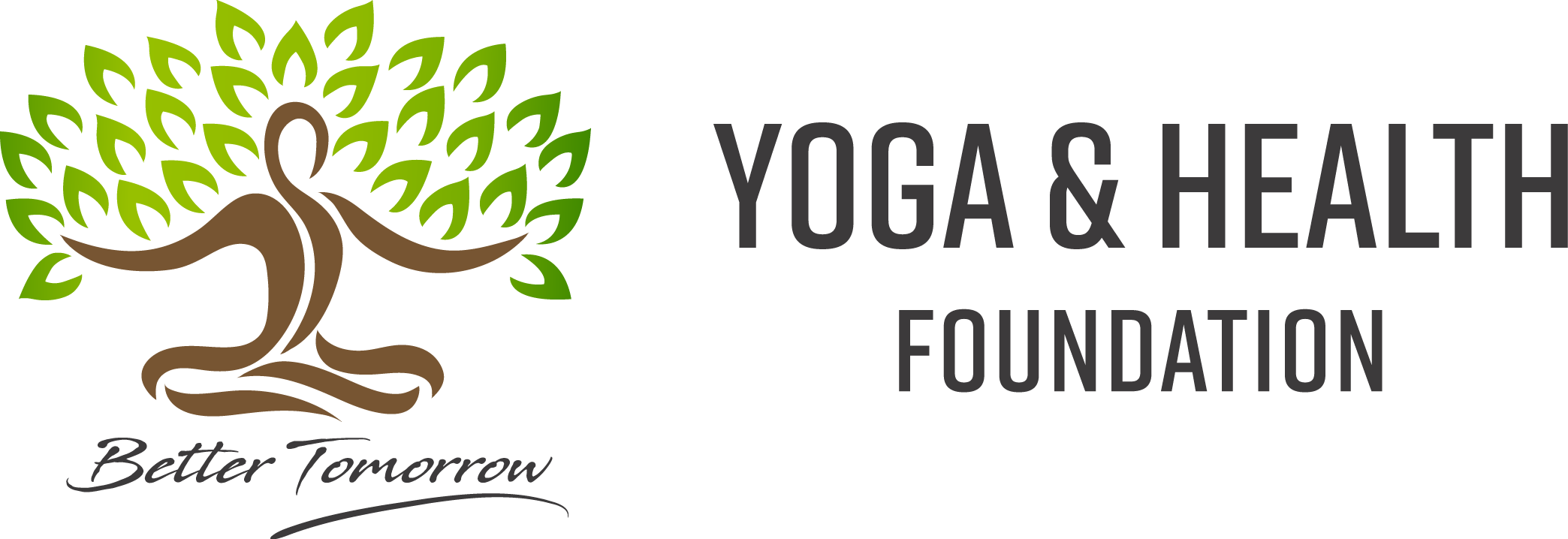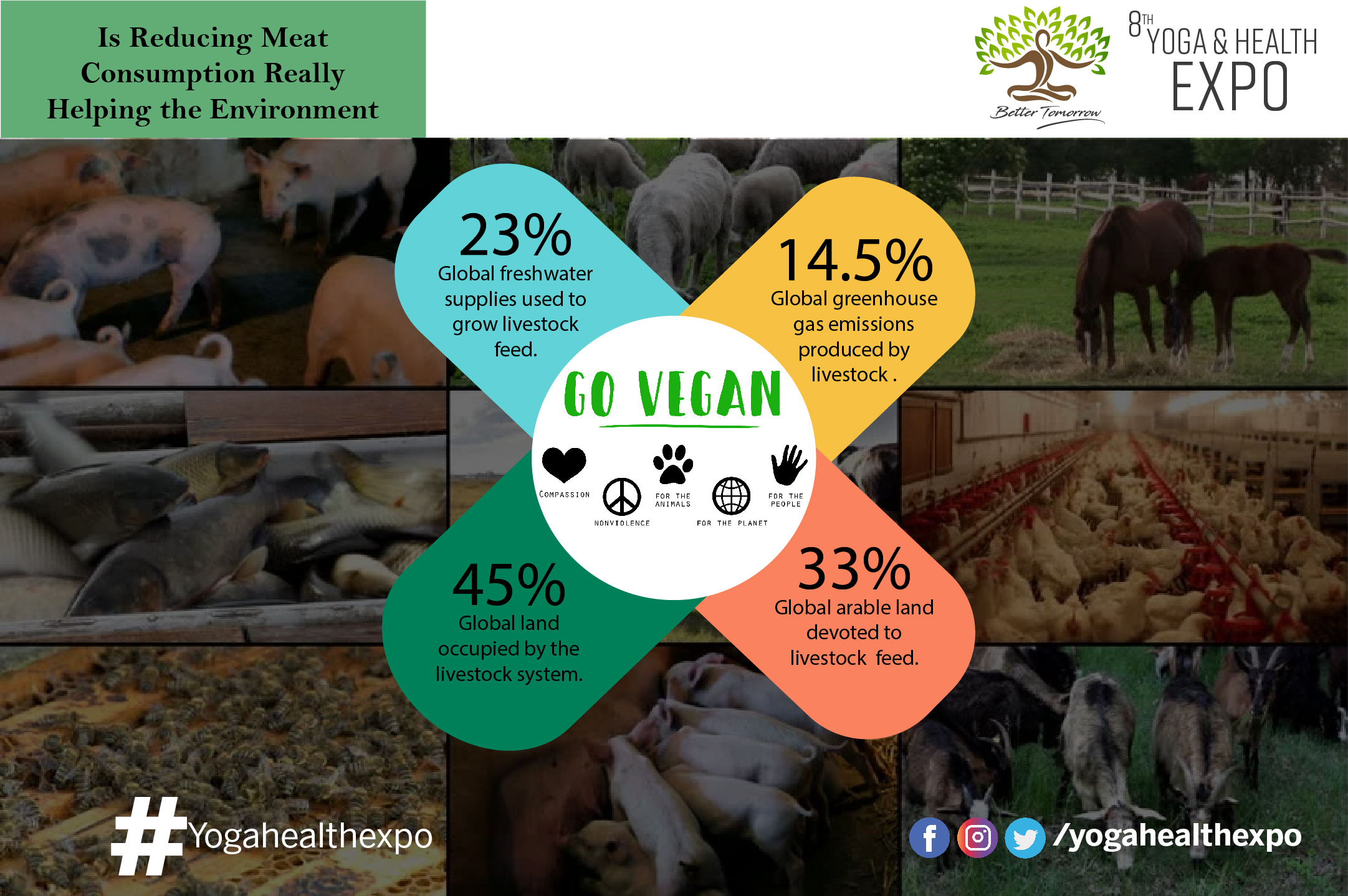Exploring the Power of Meditation: A Journey to Inner Peace
In a world filled with constant distractions, fast-paced lifestyles, and mounting stress, the practice of meditation has emerged as a powerful tool for cultivating inner peace, emotional balance, and overall well-being. With its origins rooted in ancient spiritual traditions, meditation has transcended its historical context to become a secular practice…


